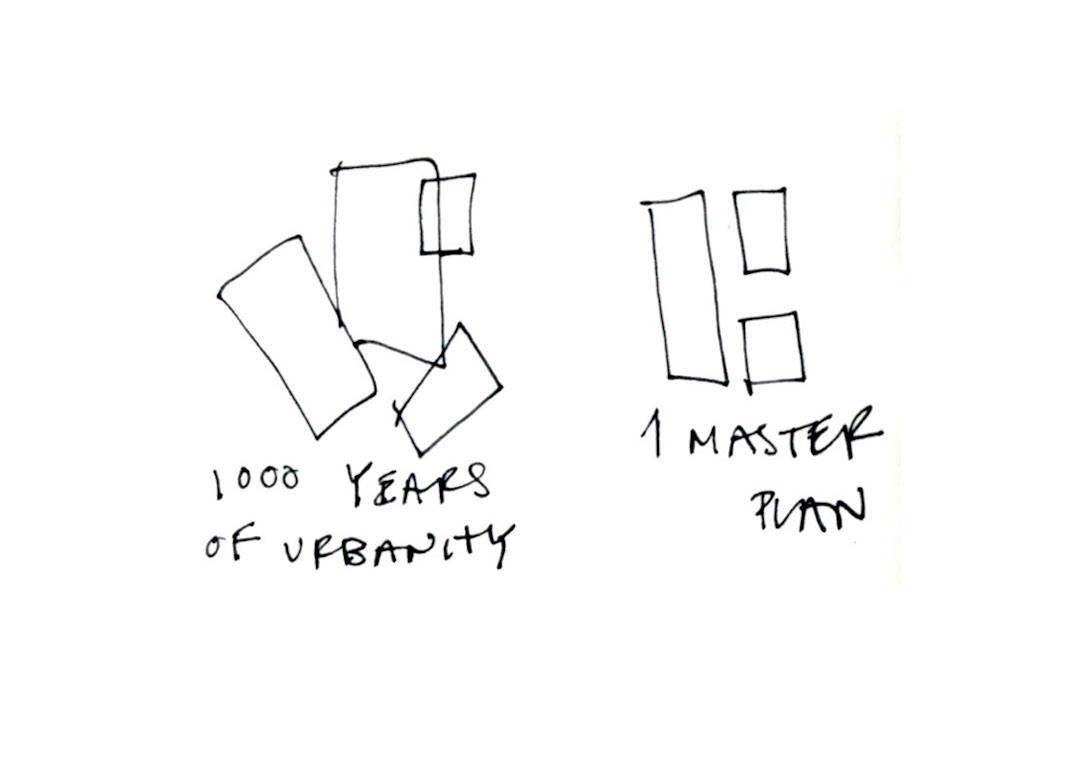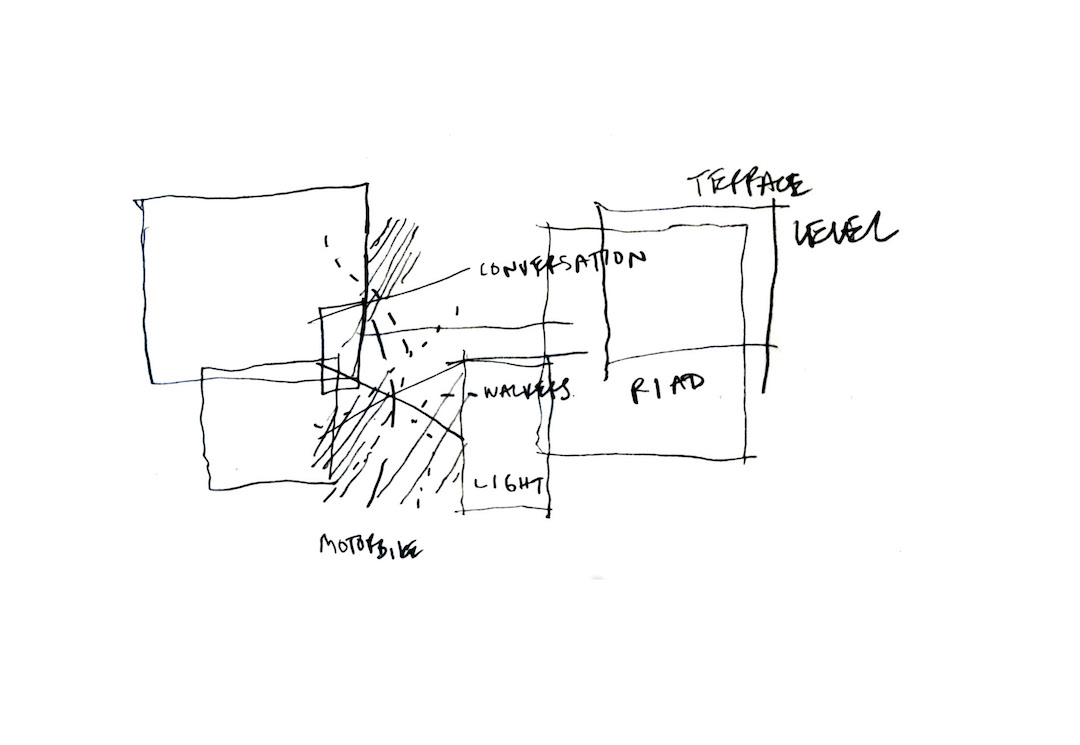Index of Agency
Sophie Chien
→ BArch 2020
Part I
Personal as Political
Identities:
Cisgender
Heterosexual
Female
College student
Mixed race, white and East Asian
Southerner
Half first-generation
US-born citizen
Settler
Able-bodied
Middle class
Culturally Christian
Atheist
As someone who holds all of these identities, I know that most of the world was not built nor is maintained for me to have agency. In my own experience, my womanhood and non-whiteness are the biggest inhibitors to equal access to self-actualization. This project tracks various ways I am consciously performing acts of agency to create a more equitable world for myself and others. It is part of a larger project around socio-spatial frameworks. I have always been interested in manifesting the constructs I subscribe to or reject.
Part II
Spatial as Political
I use diagrams to communicate my theories about the world and its relationships. Diagrams distill complex systems into parts, highlighting the problematic and the latent. They allow me to control how forces are identified and function to create conditions of justice or injustice. By taking control over hegemonic ideas and making them visual and relational, the access points change. At RISD, using a diagrammatic visual medium allows me to critique form and function, drawing and institution. I made these diagrams as a foreigner, tourist, and observer while in Rome and traveling around Europe and Northern Africa.
This diagram represents the optimal distance between the viewer and the visual art. Optimal means having the entire painting in focus, where distance is often proportional to the scale of art. This diagram begs the question of cultural values, in that the paintings conform to the size of the museum room. It also implies that one could not possibly optimally view a painting without disrupting another viewer’s view, privileging one work for one person. This typical installation layout then denies the potential for communal learning and strengthens values of individuality. How could one design environments for multiplicity?
 Station point relation, Galleria Nazionale d’Arte Antica, Palazzo Barberini, Rome.
Station point relation, Galleria Nazionale d’Arte Antica, Palazzo Barberini, Rome. Procession of monks, Monreale, Sicily.This diagram depicts the only open spaces male monks were permitted to go in a very traditional Catholic monastery in Sicily. The irony of a female paying a visit to such an oppressive, patriarchal place is not lost on me. Their entire “outside” world existed in the courtyard—a rigid, gridded square. The only exception to the grid is a corner, which contained a fountain (phallically shaped of course), as a marker of paradise. The open grid is quite pious, but also conveniently optimized for surveillance, and is an example of latent hypocrisies in organized religion. Was the glory of the Catholic God ever present here?
Procession of monks, Monreale, Sicily.This diagram depicts the only open spaces male monks were permitted to go in a very traditional Catholic monastery in Sicily. The irony of a female paying a visit to such an oppressive, patriarchal place is not lost on me. Their entire “outside” world existed in the courtyard—a rigid, gridded square. The only exception to the grid is a corner, which contained a fountain (phallically shaped of course), as a marker of paradise. The open grid is quite pious, but also conveniently optimized for surveillance, and is an example of latent hypocrisies in organized religion. Was the glory of the Catholic God ever present here?This diagram represents the spatial agency of human motion compared with that of two other species, dogs and birds. Both dogs and birds are diagrammed to emphasize how humans commit to predetermined paths, often for normativity disguised as efficiency. It also comments on how much space is used by various modes of moving—and how much space is occupied by car infrastructure vs. ambulatory infrastructure. Feeling comfortable enough to walk places is such an important marker of agency for me, creating a special relationship between myself and my community. How does movement inform agency?
 Multimodal, Rome.
Multimodal, Rome. Urban planning discontinuation, lecture by Labics Studio.Ekistics is the science of human settlements; living in an ancient city makes it very easy to study it. When building with durable (nearly eternal) materials, there’s a greater mandate to add on to, renovate, and diversify urban conditions. In a modern world, buildings have a 50-100 year shelf life and are frequently put up fast and in a cookie cutter style, forming more homogeneous space, and by extension, communities. How do you spatialize pluralistic societies?
Urban planning discontinuation, lecture by Labics Studio.Ekistics is the science of human settlements; living in an ancient city makes it very easy to study it. When building with durable (nearly eternal) materials, there’s a greater mandate to add on to, renovate, and diversify urban conditions. In a modern world, buildings have a 50-100 year shelf life and are frequently put up fast and in a cookie cutter style, forming more homogeneous space, and by extension, communities. How do you spatialize pluralistic societies?Moving through a living, ancient city in the Global South, the layers of gender, economic status, and mobility are on display. This cross-section diagram shows the strata of relationships that form in the heart of public space. Those allowed to converge do, while others, often women, elderly, and young people, are noticeably absent on the streets. As a young atheist women, I felt keenly detected in the space, as an outsider who is unwelcome within the organized labyrinth. Is it a contradiction for an insular community to be welcoming? Or for an expansive community to be truly attentive? Perhaps most importantly, is my tourism fueling voyeurism, and do I belong there at all?
 Medina section, Marrakesh, Morocco.
Medina section, Marrakesh, Morocco.Sophie Weston Chien is probably eating leftovers for breakfast and breakfast for dinner.